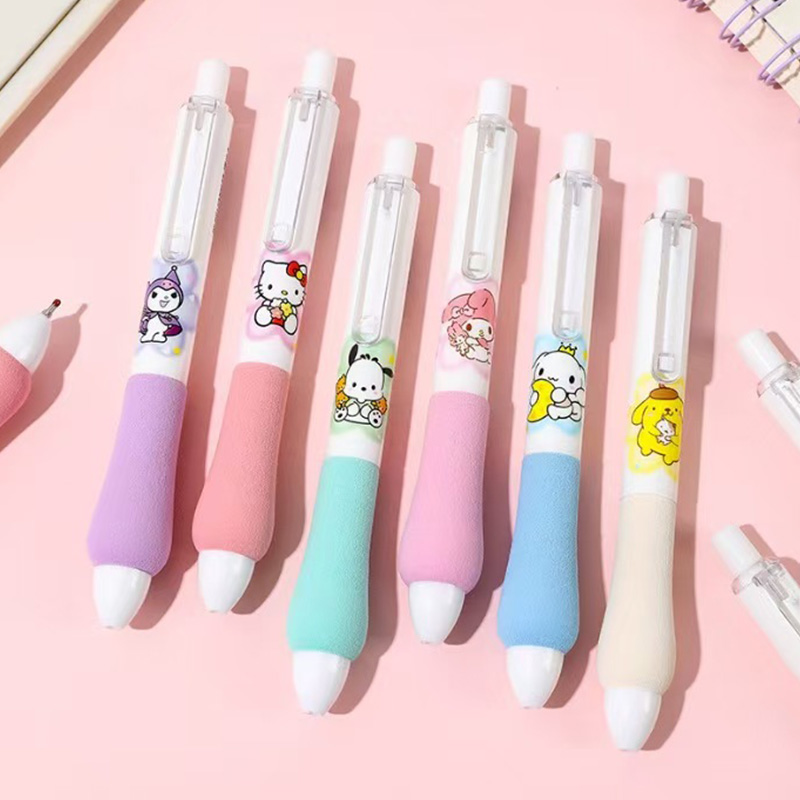As digital devices dominate modern communication, writing pens are quietly reaffirming their value as essential tools for clarity, focus, and personal expression. While keyboards and touchscreens continue to play a dominant role in professional and educational settings, a growing number of individuals are returning to analog writing—driven by the unique cognitive, creative, and emotional benefits that pens provide.
From luxurious executive pens to everyday note-takers, writing pens are seeing a resurgence not just in retail sales, but also in relevance. Fueled by innovation, sustainability, and a renewed appreciation for tactile experiences, pens remain central to how people think, learn, and communicate—one stroke at a time.
Analog Writing Persists in a Digital World
In classrooms, boardrooms, and personal journals, writing pens continue to serve a role that no digital device can fully replicate. Handwriting with a pen activates neural pathways linked to memory, comprehension, and creativity, according to educational psychologists. For students, note-taking by hand improves retention. For professionals, writing helps organize thoughts, clarify priorities, and spark new ideas.
Unlike typing, which often encourages passive transcription, writing with a pen requires more deliberate engagement. This has made pens increasingly popular among those seeking to reclaim productivity in an era of endless notifications and digital multitasking.
“There’s something inherently mindful about putting pen to paper,” says Dr. Emily Rhodes, a cognitive researcher at a university. “It slows you down just enough to process your thoughts more deeply.”
The Rise of Pen-Based Productivity Tools
Writing pens are finding new life in hybrid productivity systems. Many users now pair analog writing with digital tools—using planners, notebooks, and sketchpads alongside tablets or apps. Some brands even offer smart pens that digitize handwritten notes in real time, allowing users to enjoy the natural feel of writing while still syncing their content to the cloud.

This hybrid workflow is especially popular among remote workers and students, who value the tactile feedback of pen-and-paper thinking while still needing digital organization.
Manufacturers are responding with pen designs tailored to these users—featuring quick-drying ink, ergonomic grips, and compatibility with note-scanning apps. Some pens now come with QR-coded pages or special paper that enhances scanning accuracy, helping bridge the analog-digital divide.
Broadening the Pen Spectrum: From Utility to Luxury
While ballpoint pens and gel pens dominate the mass market, luxury and design-forward pens are growing in popularity among collectors, professionals, and gifting consumers. Executive pens made from premium metals, woods, or carbon fiber often come with refillable cartridges and personalized engraving, transforming a functional item into a statement of taste and status.
In the corporate world, high-end pens remain a popular choice for awards, recognition, and milestone gifts, offering both practicality and symbolic value. For professionals who sign documents or take notes frequently, a quality writing pen isn’t just about ink—it’s about identity and presentation.
At the same time, pen manufacturers are offering more color and form variety to appeal to younger demographics and creatives. From pastel barrel designs to limited-edition artist collaborations, writing pens are becoming lifestyle accessories, not just office supplies.
Sustainability Drives Innovation in Materials
Environmental awareness is shaping how writing pens are designed and marketed. Disposable pens, long seen as convenient, are facing scrutiny for their environmental impact. In response, brands are investing in refillable, modular designs that allow users to replace ink cartridges, nibs, or tips without discarding the entire pen.
Some companies have introduced pens made from recycled plastic, bamboo, or biodegradable composites, targeting schools, offices, and consumers who prioritize eco-conscious purchases. Retailers are also expanding their offerings of green stationery bundles, often pairing refillable pens with recycled notebooks and compostable packaging.
Sustainability is no longer just a niche—it's a growth strategy that’s reshaping the entire writing instruments market.
Educational and Institutional Demand Remains Strong
Despite the rise of tablets and laptops in schools, pens continue to be fundamental in K–12 and higher education. Standardized testing, early literacy instruction, and art programs all rely heavily on pen-based writing and drawing.
Instructors emphasize handwriting for its role in motor skills development and cognitive growth. Additionally, many institutions prefer physical documentation for certain assignments, exams, and administrative forms—keeping demand for reliable pens high.